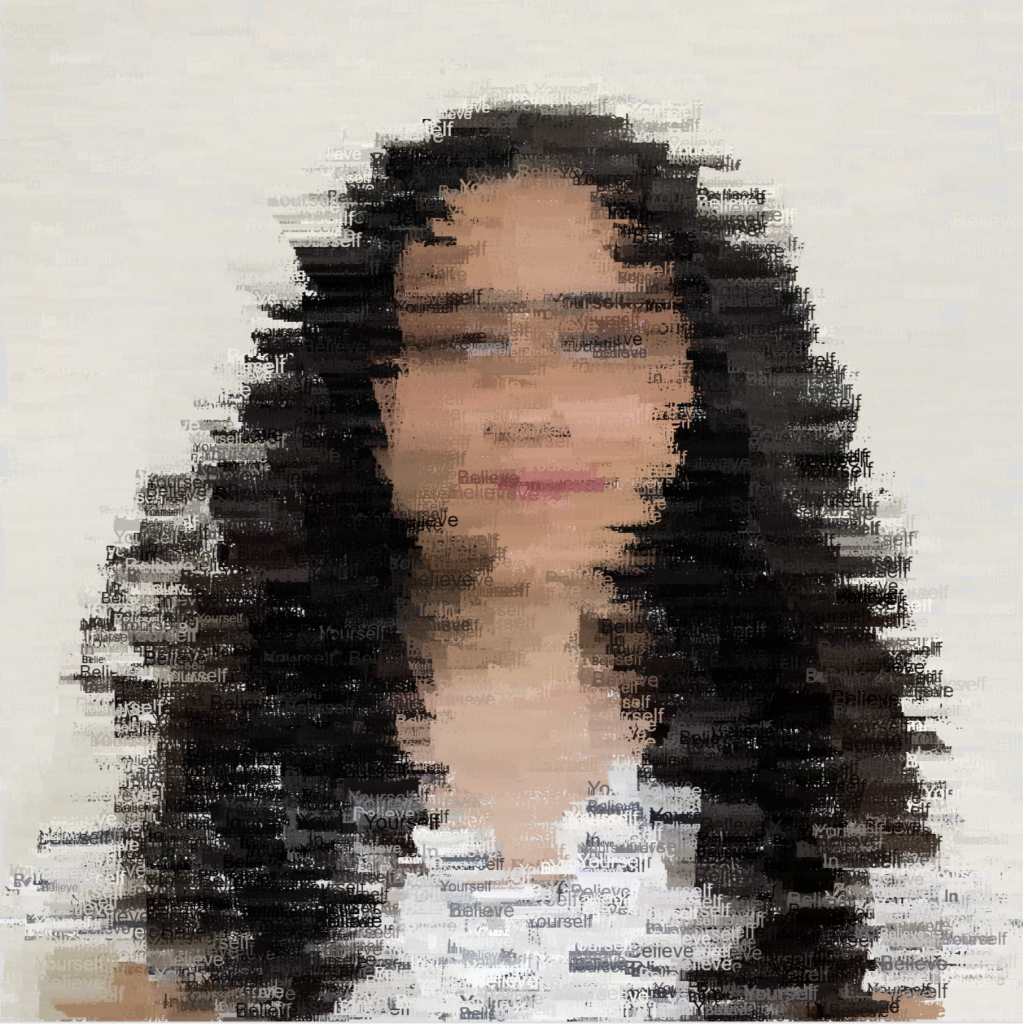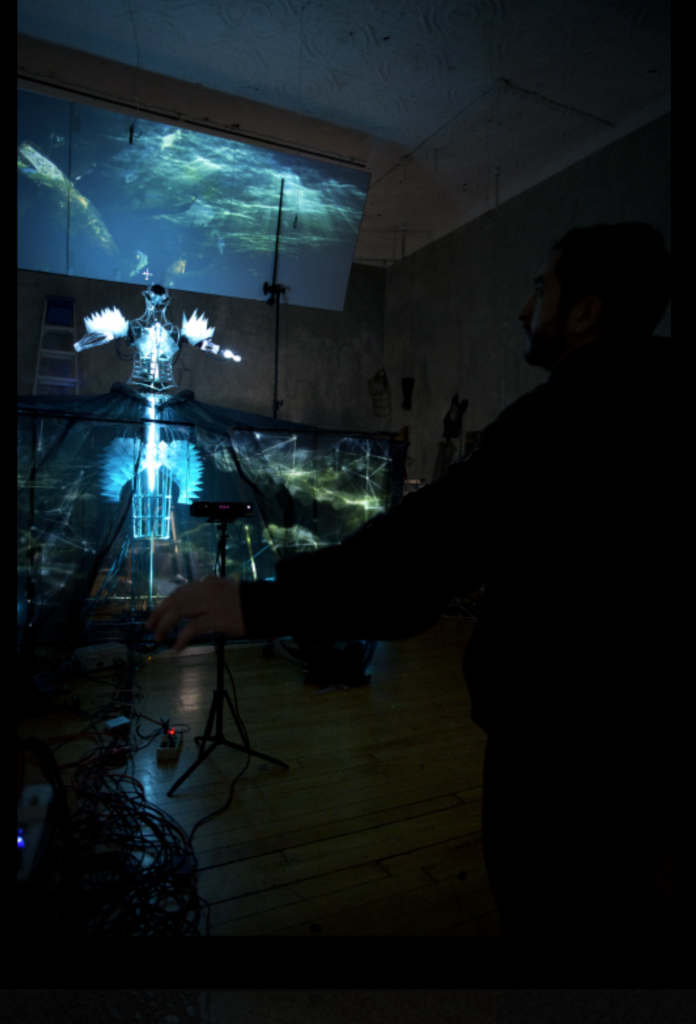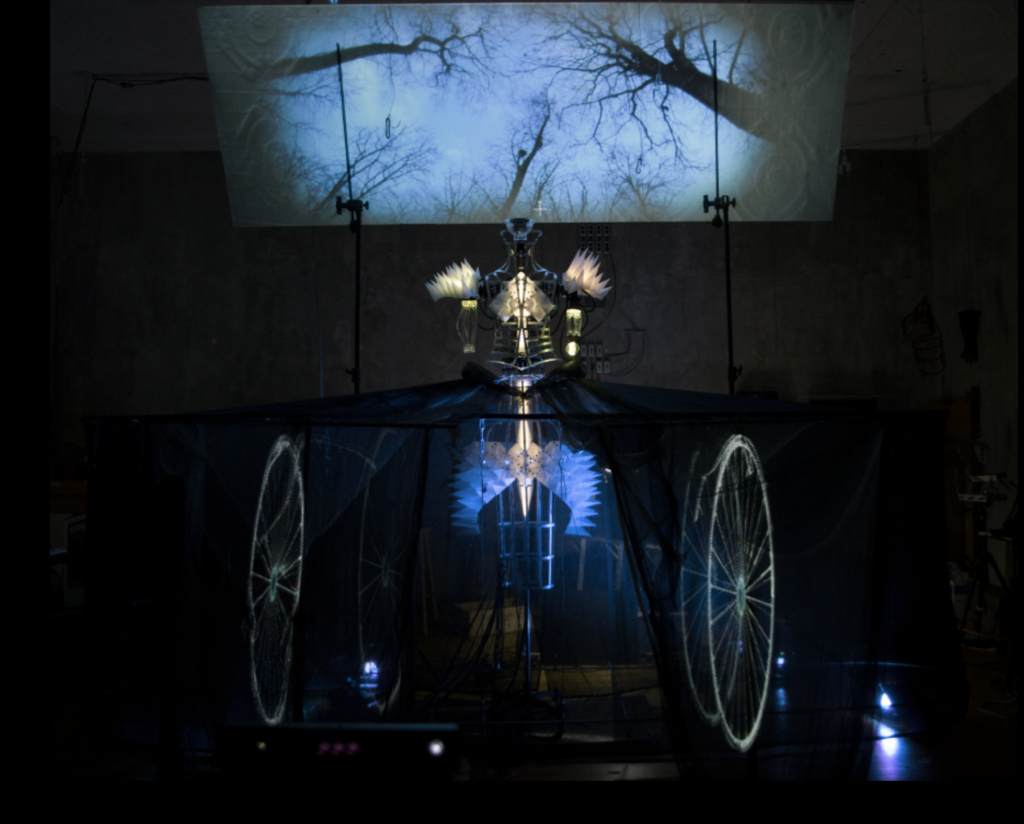The article is about ImageNet Roulette, a classification tool that uses artificial intelligence to sort and categorize pictures. It was created by Trevor Pagan and Kate Crawford who were hoping to reveal some “racist, misogynistic and cruel results” with their platform to highlight issues with biases in artificial intelligence. The data set that trains the AI is widely used in the industry and consists of over 14 million images. The article highlights an extremely concerning issue of the AI highlighting white individuals with common descriptors regarding their careers, personalities, etc. However, black participants primarily reviewed results that reflected their race. Fortunately, changes were made to the database, and images and descriptors were removed to reduce the negative biases the software was creating.

![[OLD SEMESTER] 15-104 • Introduction to Computing for Creative Practice](../../../../wp-content/uploads/2023/09/stop-banner.png)








